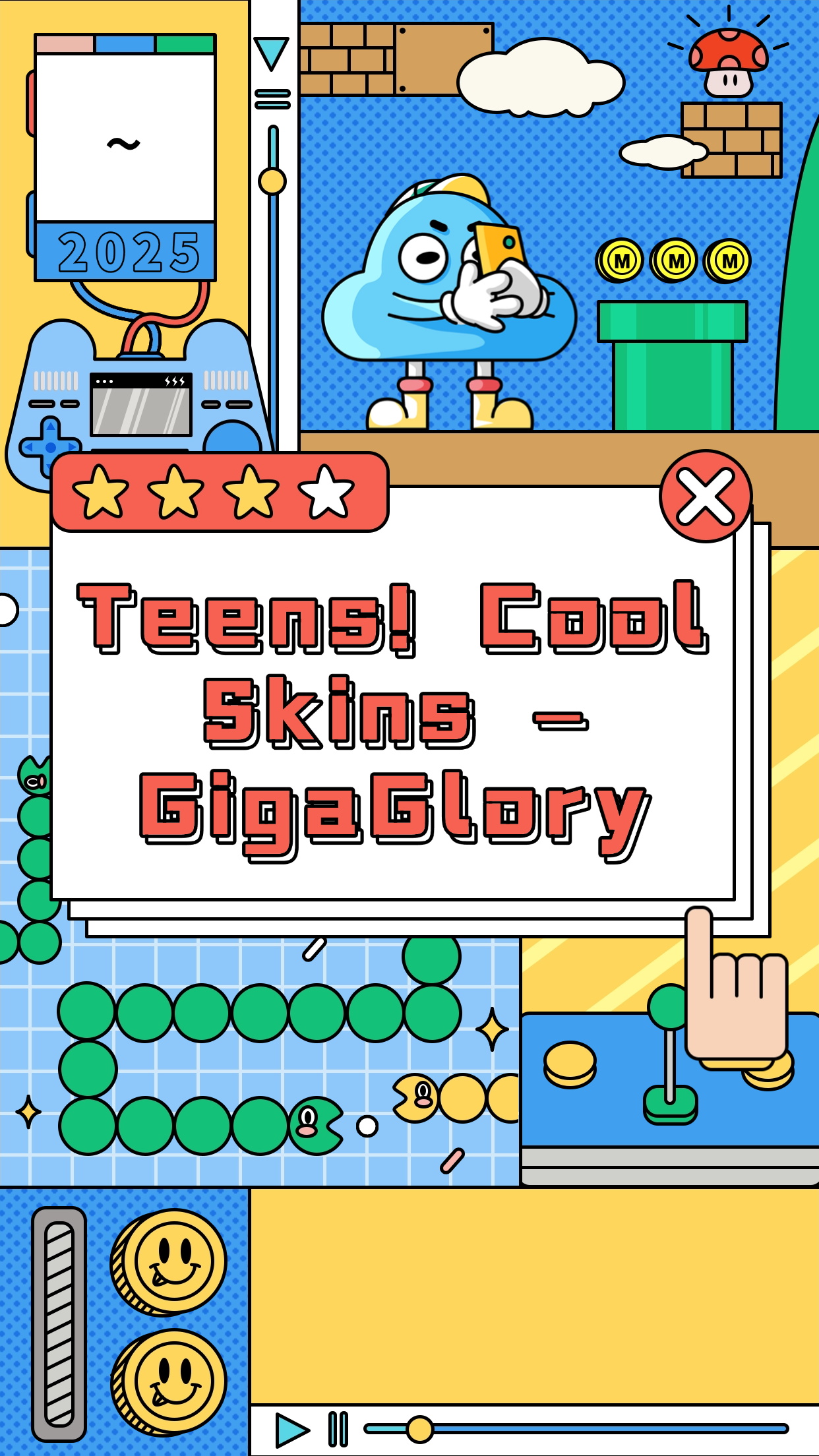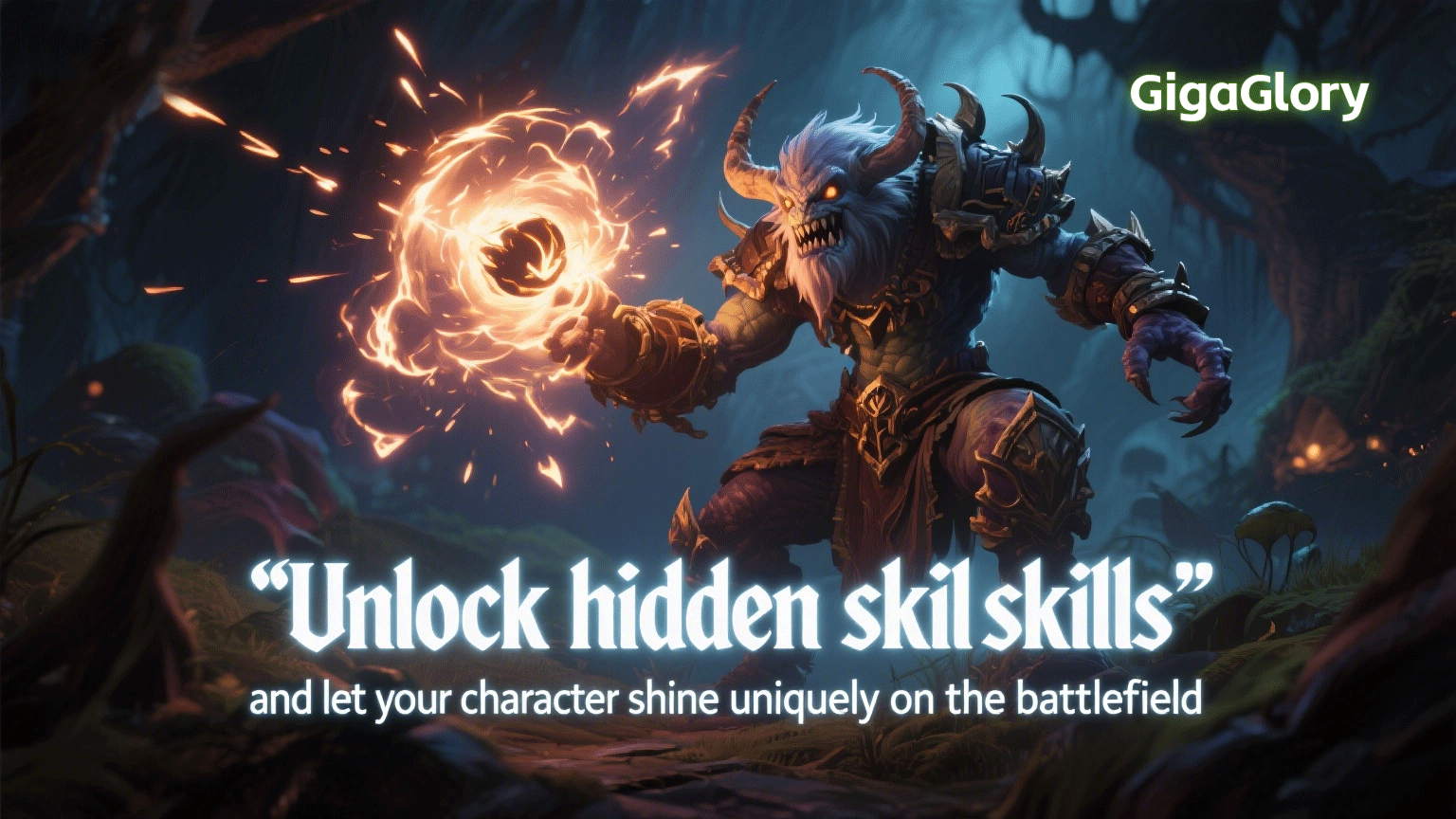Sandbox Games vs Hyper Casual Games: Which Offers a More Engaging Experience?
Introduction to Gaming Genres
The gaming industry has expanded significantly over the last decade, giving birth to diverse genres. Among these, sandbox games and hyper casual games have distinguished themselves due to their unique gameplay mechanics and audience appeal.
What are Sandbox Games?
Sandbox games provide players with a virtual world where they can explore, build, and interact freely. These games empower players to create their own experience, leading to boundless creativity and exploration.
The Appeal of Hyper Casual Games
Hyper casual games are characterized by simplicity and quick gameplay. They are typically free and designed for mobile platforms, making them easily accessible to a wide audience.
Comparative Analysis: Engagement Level
| Aspect | Sandbox Games | Hyper Casual Games |
|---|---|---|
| Player Freedom | High | Low |
| Gameplay Duration | Variable | Short |
| Complexity | High | Very Low |
| Monetization Strategies | Multiple options | Ads & In-app purchases |
Player Preferences: Sandbox vs Hyper Casual
- Sandbox fans enjoy long-term engagement and intricate worlds.
- Hyper casual players prefer quick, stress-free gameplay.
Popular Sandbox Games to Explore
Some popular sandbox games include:
- Minecraft
- Terraria
- Roblox
- Grand Theft Auto V (GTA V)
Characteristics of Major Hyper Casual Games
Popular titles within the hyper casual genre often include:
- Flappy Bird
- Agar.io
- Helix Jump
- Color Switch
Understanding Player Engagement in Gaming
Player engagement varies significantly between these genres. Sandbox games often result in a deeper connection through complex game mechanics.
Awakening Kingdoms: A Case Study
Looking into specific titles, such as Awakening Kingdoms, we note its puzzle solutions challenges players while integrating sandbox elements into gameplay.
Delta Force Coming to Xbox: What This Means for Players
The anticipated release of Delta Force on Xbox opens up new discussions surrounding genre engagement and player expectations in both sandbox and hyper casual games.
How Sandbox Experiences Foster Immersive Gameplay
The sandbox genre fosters an immersive experience by allowing players to interact with the environment and other players practically. It promotes social interactions, creativity, and extended gameplay sessions.
The Role of Simple Mechanics in Hyper Casual Games
On the flip side, hyper casual games thrive on simple mechanics that allow for instant gratification. They cater to a diverse audience that prefers quick entertainment.
Long-term vs. Short-term Engagement
Sandbox games, due to their expansive nature, offer long-term engagement, whereas hyper casual games are designed for instant play, appealing to players looking for quick entertainment.
Conclusion: The Engaging Experience
Ultimately, the choice between sandbox games and hyper casual games boils down to individual player preference. Sandbox passionates crave deeply immersive experiences while hyper casual gamers lean towards fleeting fun. Both genres have their merits and can coexist, fulfilling different player needs in the dynamic world of gaming.
FAQs
What defines a sandbox game?
A sandbox game allows players to explore and modify a virtual world independently, often featuring limitless options for creativity.
What are the main features of hyper casual games?
They usually have simple mechanics, short play sessions, and are accessible on mobile devices.
Can I play sandbox games on mobile?
Yes, several sandbox games are available on mobile, offering an engaging experience similar to those on consoles or PCs.
Which type of game is more suitable for social play?
Sandbox games tend to be more suitable for social play because they allow collaboration and competition in customizable environments.
Is engagement leading to purchases in hyper casual games?
Yes, player engagement in hyper casual games often leads to in-app purchases, though the frequency is usually lower compared to sandbox games.



